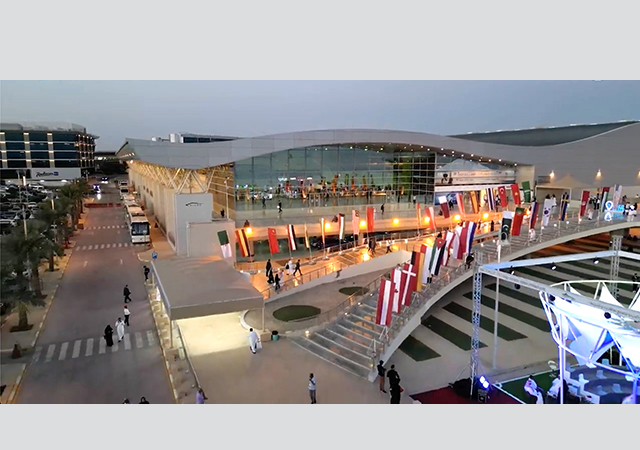
 The main entrance
The main entrance
International City, Nakheel’s 800-hectare development taking shape in the Al Warsan area of Dubai, marked a major milestone with the official inauguration last month of one of its key components – the Dragon Mart.
The trading hub has already attracted a large number of visitors since opening its doors on December 7.
The mart – housed in a 1.2 km long dragon-shaped structure, jointly promoted by Nakheel and Chinamex Middle East Investment and Trade Promotion Centre, is the largest trading hub developed outside the Chinese mainland for businesses, products and services from China, including joint venture companies and companies operating from China through the Chinamex Middle East Investment and Trade Promotion Centre.
The Dragon Mart is one of two extensive retail infrastructures currently being developed at the International City that will bring about a strategic shift in the way retailing is done in the region are currently being developed, according to a spokesman for Nakheel.
Dragon Mart – spread over an area of 150,000 sq m in addition to 30,000 sq m of warehouses – is a permanent exhibition space comprising showrooms and business facilities.
The other strategic retail development is the Dubai Design Centre (DDC) – an exclusive development for traders and retailers offering a complete range of home furnishing, decor and construction solutions.
The 4.2 km long DDC is the port of call for real estate and property developers in the UAE, the rest of the GCC and the Middle East who are looking for world-class furnishing accessories and building materials. The total area of the development stands at a staggering 13 million sq ft with a net prime retail space of 5.7 million sq ft, which is spread across several zones of showroom space for products that are clubbed together according to category.
International City aims to be a world-class hub for international investors, traders and retailers, offering a unique mix of commercial and residential complexes.
Located 12 km from Dubai International Airport, at the intersection of the Emirates Road, Al Aweer Road and the Academic Road, the project is a manifestation of Dubai’s growth as a melting pot of world cultures and commerce, says the spokesman.
“By realising a concept that addresses the core infrastructure needs of Dubai, the project
has broken new ground in creating outstanding solutions for investors,” he says.
“Extensive research preceded the conceptualisation of International City, creating retail, residential and touristic attractions in the project.”
International City’s all-encompassing approach has been welcomed by investors, generating enquires from various parts of the world.
Like all other Nakheel projects, the International City has been divided into several purpose-built areas. Besides the Dragon Mart, the project’s five other main zones include: The Central District, The Residential District, The Lake District, Dubai Design Centre and the Forbidden City.
Spread over 21 hectares, The Central District serves as the nerve centre of the project, with state-of-the-art infrastructure and services for commercial and business activity. Investors can own any one of the 34 plots in the district where they can construct their own towers, for a variety of use – be it commercial, residential or retail. Each of these towers will ideally host retail outlets on the ground floor, with each tower having basement-parking facility for 130 vehicles. In due course, a tower being developed in the district will host the corporate offices of Nakheel.
The Residential District is one of the key developments in the International City. Once completed, the district would support a population of 65,000 in 21,740 residential units spread across the development, grouped into 10 distinct country architectural themes. The 9,264 one-bed, 1,356 two-bed and 10,850 studio apartments draw heavily on styles from various countries including China, England, France, Greece, Indonesia, Italy, Morocco, Persia, Russia, Spain and Thailand. The ownership of residential properties in the district is open to all nationalities on a freehold basis.
The Lake District is a unique area in International City, being developed around the Al Warsan lake. The 35-hectare lake with an average depth of 12 ft has its own eco system, which supports some of the most rare and exotic aviary population in the Arabian Peninsula.
The rich history, culture and heritage of China are celebrated in the International City, with the construction of Forbidden City, the imperial seat of the Ming and Qing Dynasties, adjacent to the Central District. This will be an exact replica of the monument that was declared by the Unesco as a world heritage site, due to the largest collection of preserved ancient wooden structures in the world. Nakheel has drawn up a blueprint to recreate the splendour of this great monument, working with experts on Chinese history and on oriental architecture that was prevalent in the early 14th century.
For the investor, International City provides the infrastructure for fruitful business enterprise. For those who are searching for residential options, the impressive array of affordable residential choices in the International City makes it the ideal destination to lead a cosmopolitan lifestyle, says the spokesman. Tourism is a strategic sector for Dubai and International City’s touristic attractions such as the Forbidden City and The Lake District is being developed to promote this sector.
The hospitality sector gets particular attention at International City. The project’s three-star hotels will cater to guests and tourists who visit International City. Accessibility is another key attraction of International City, the proximity to Dubai International Airport is a significant advantage including access to key roads such as Emirates Road.
With an expected completion date of 2007, International City will strengthen Dubai’s position as an important destination in the world for commercial and cultural excellence.


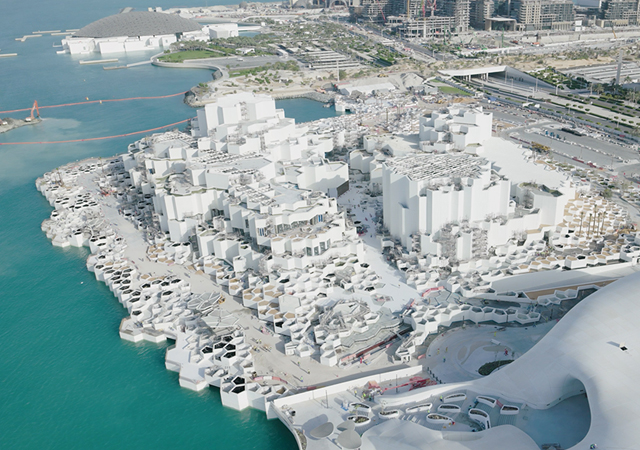
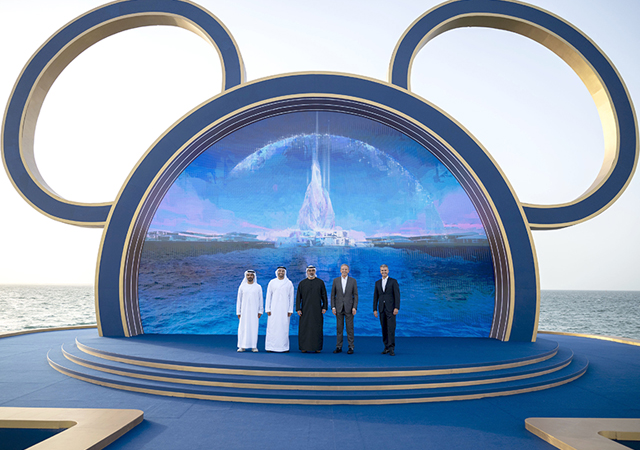
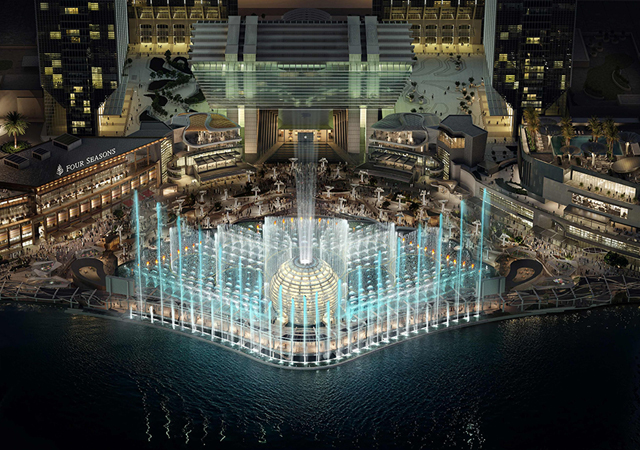
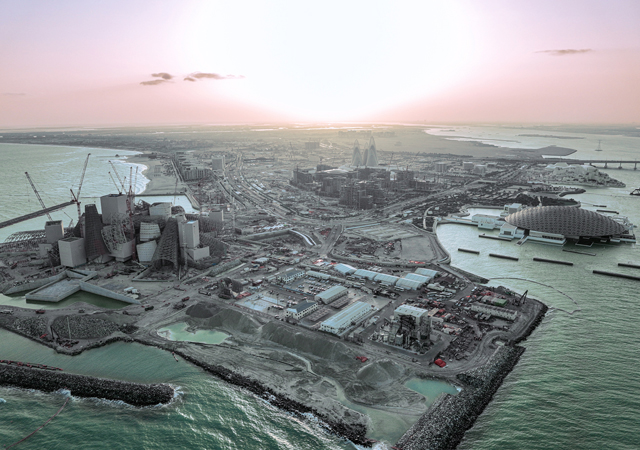
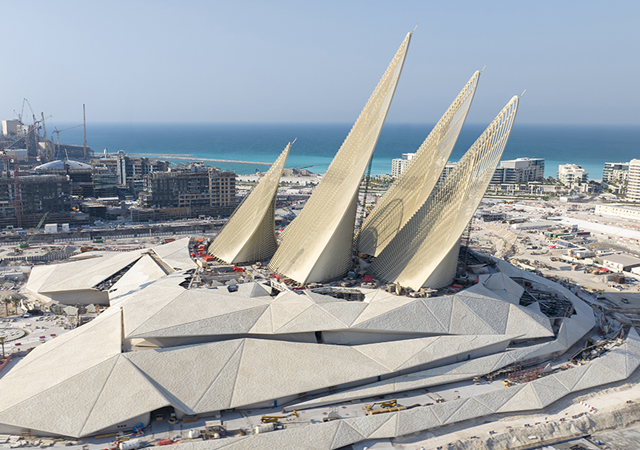
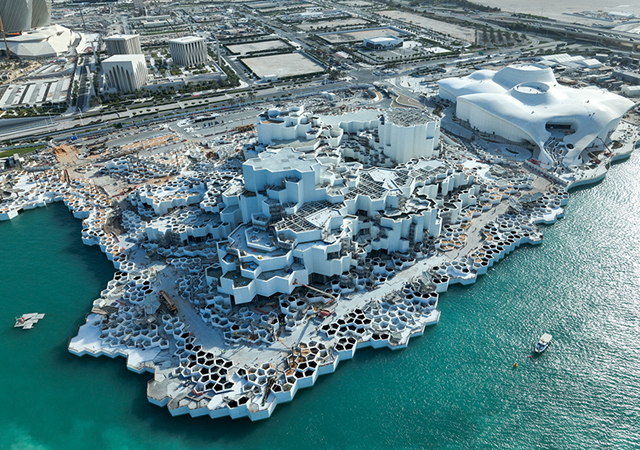
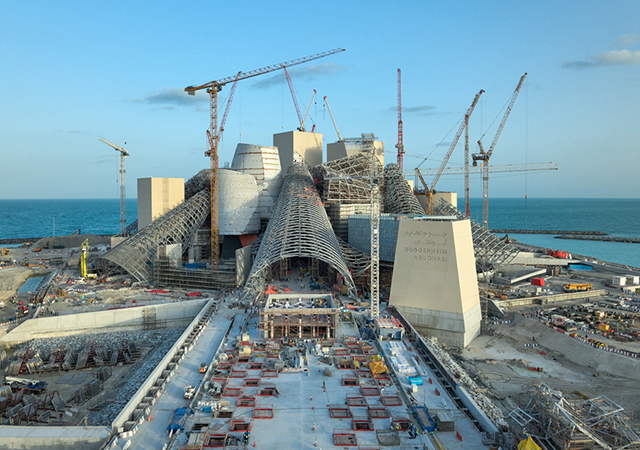
.jpg)
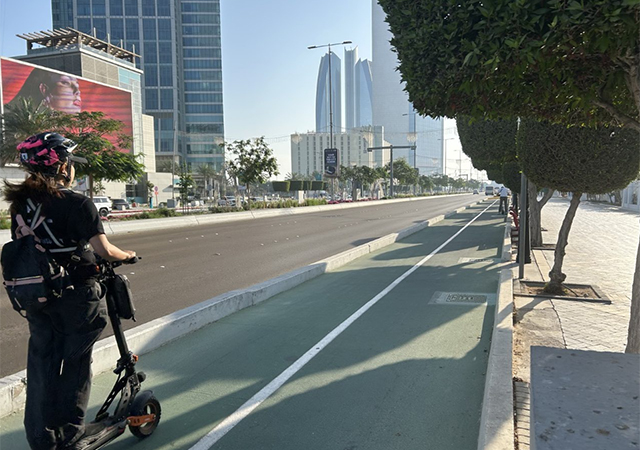
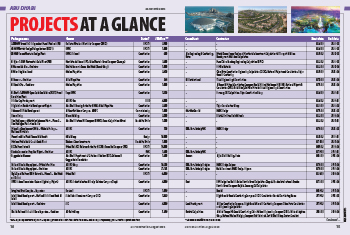
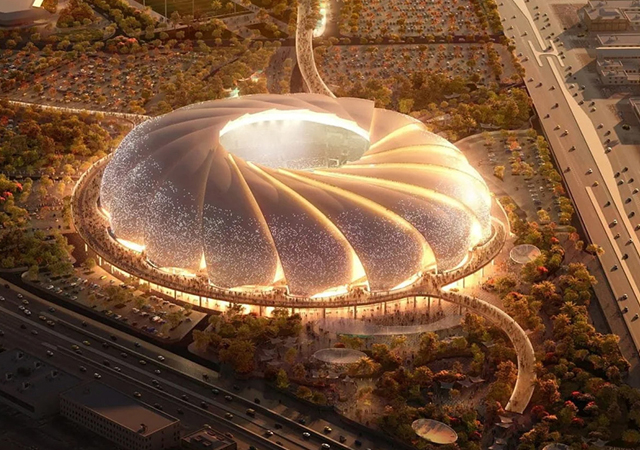
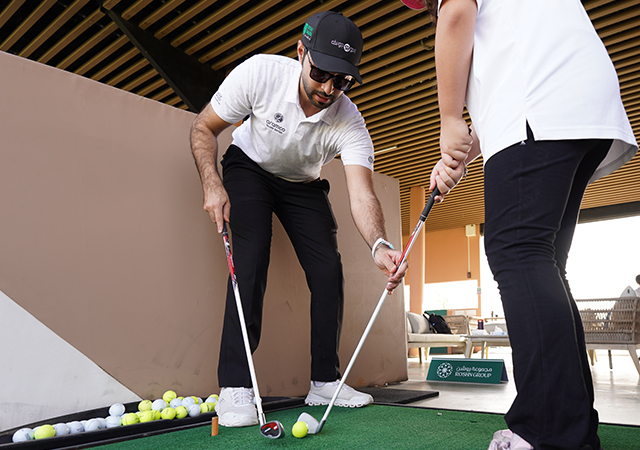
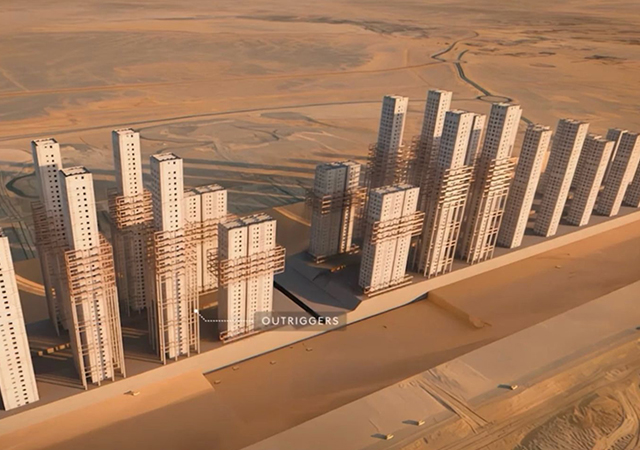
.jpg)
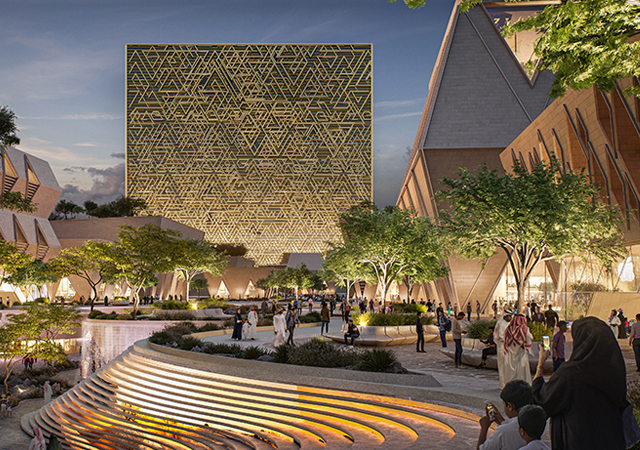
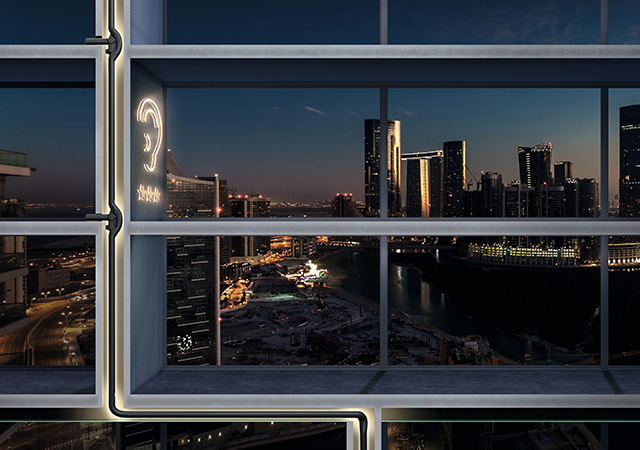
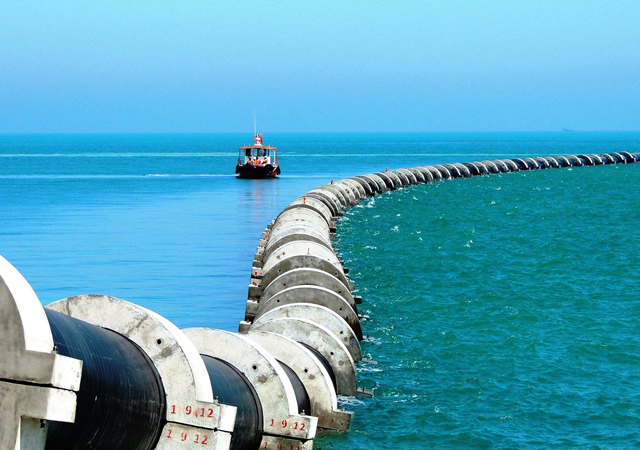


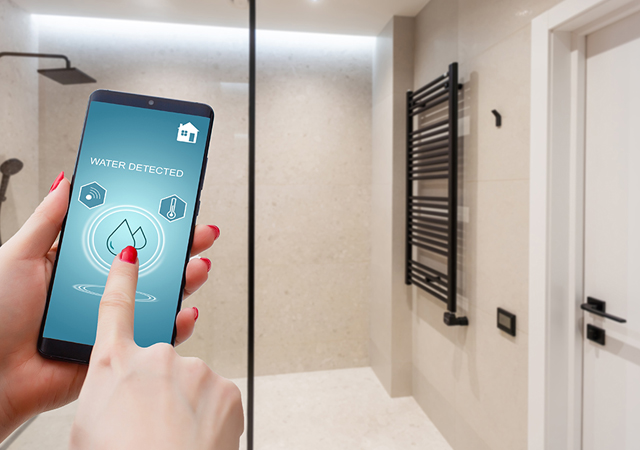
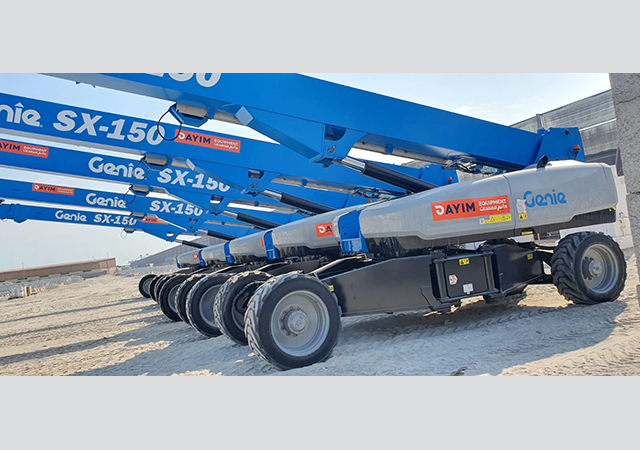
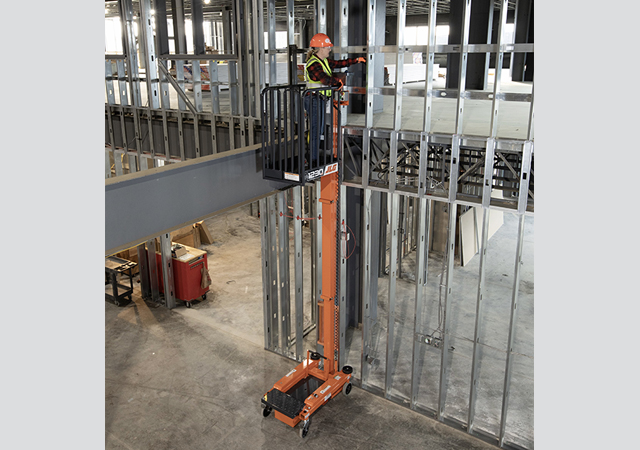
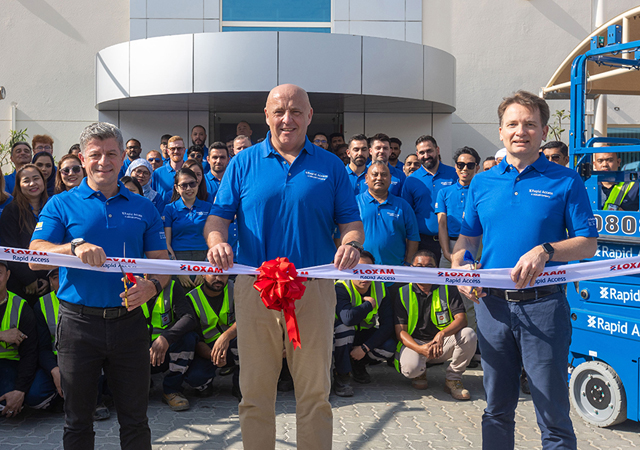
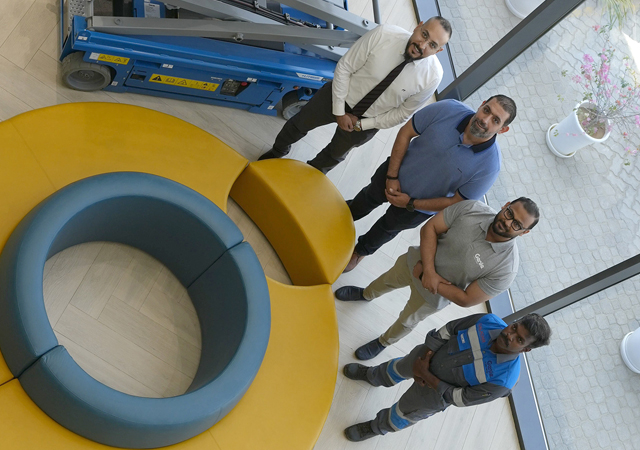
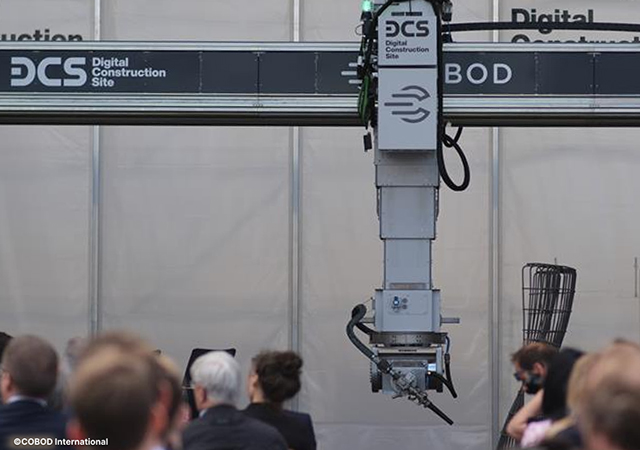
Doka (2).jpg)
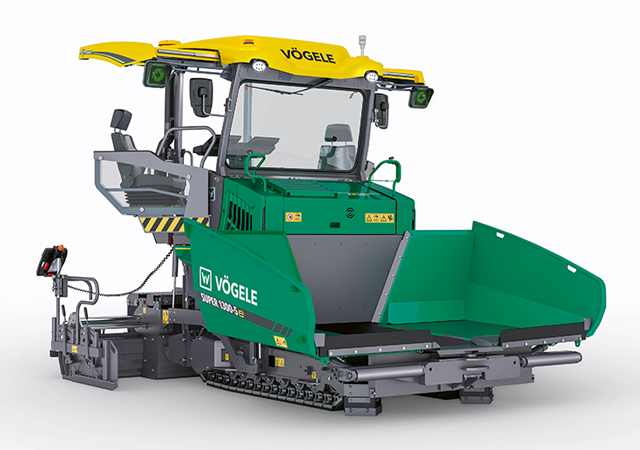
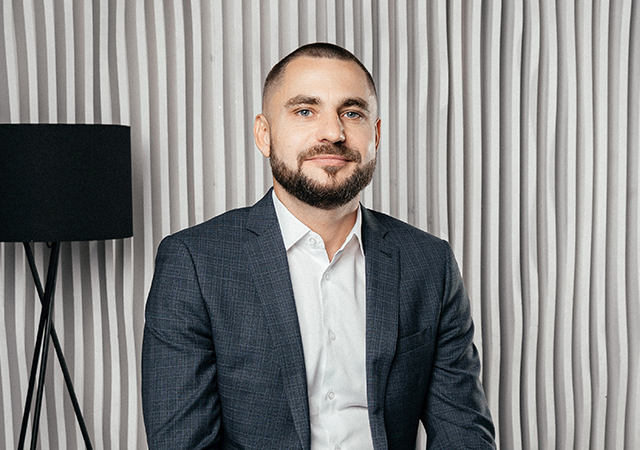

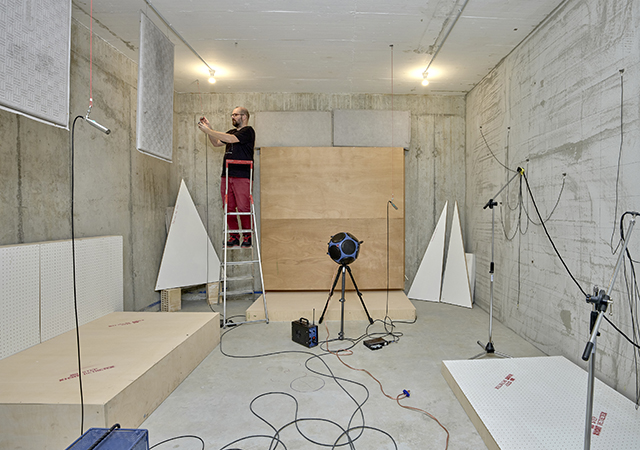
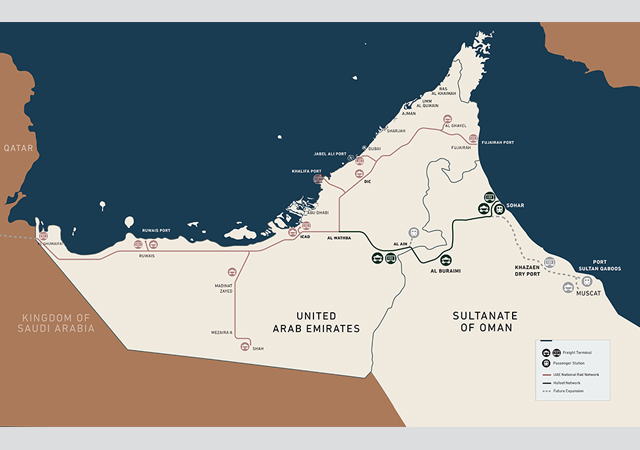
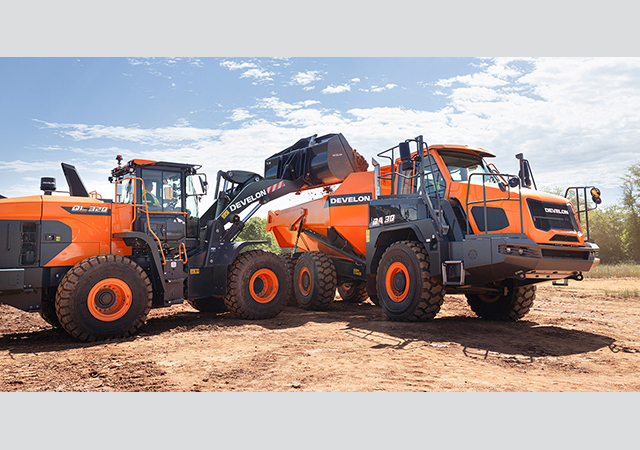
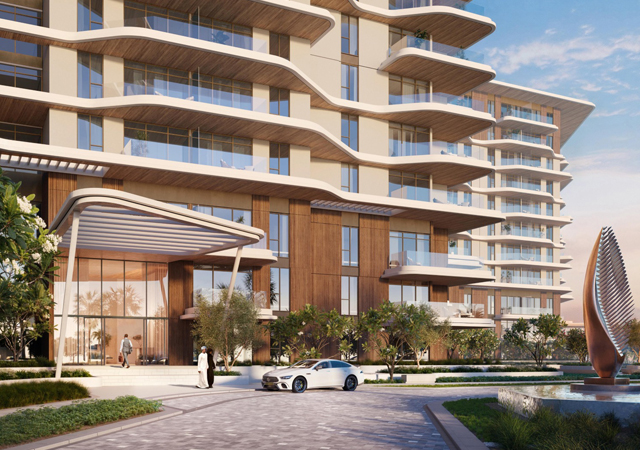


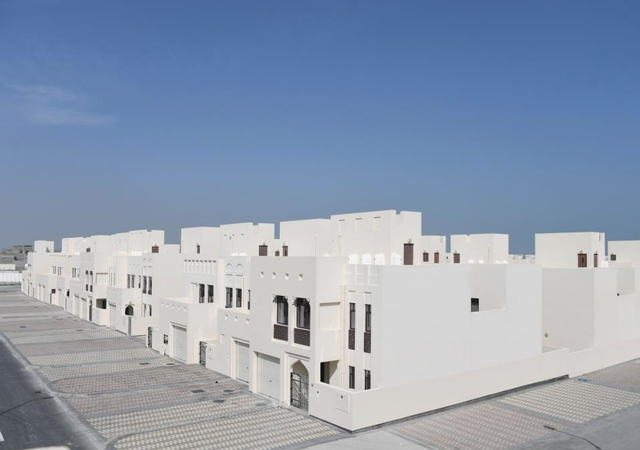
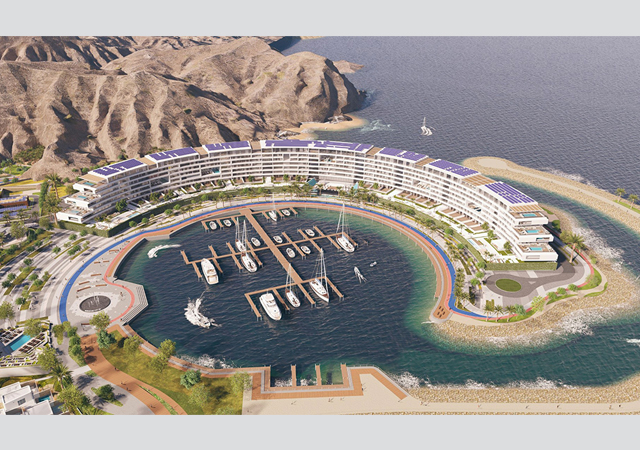
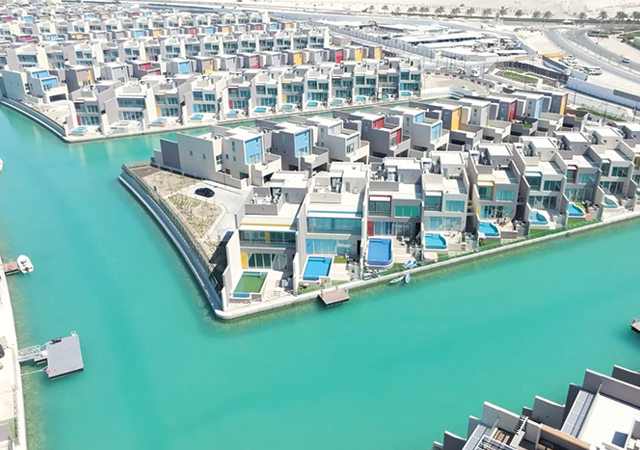
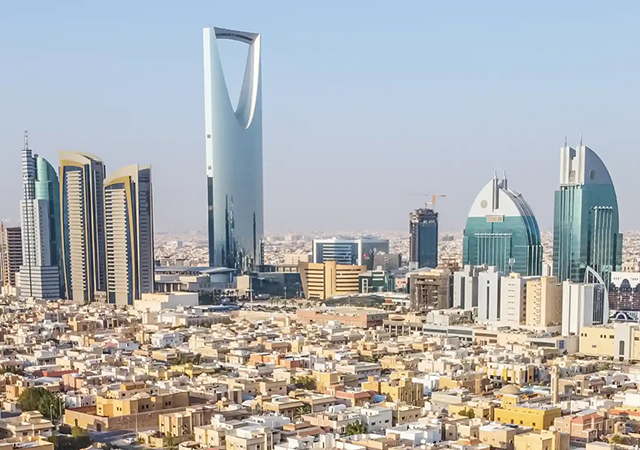

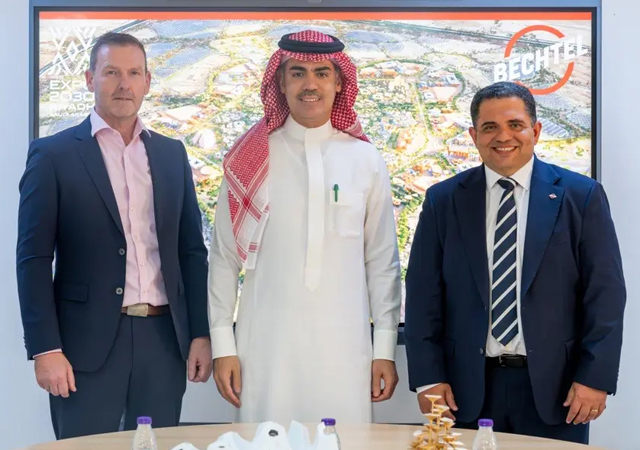
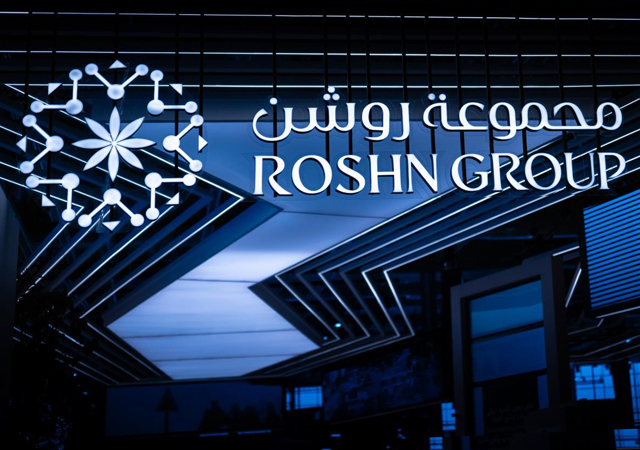
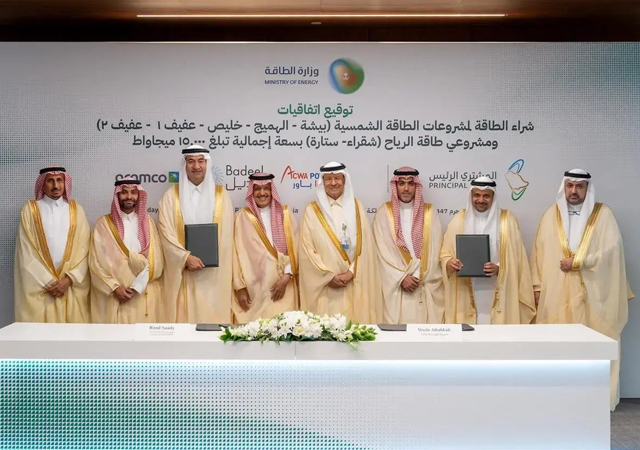
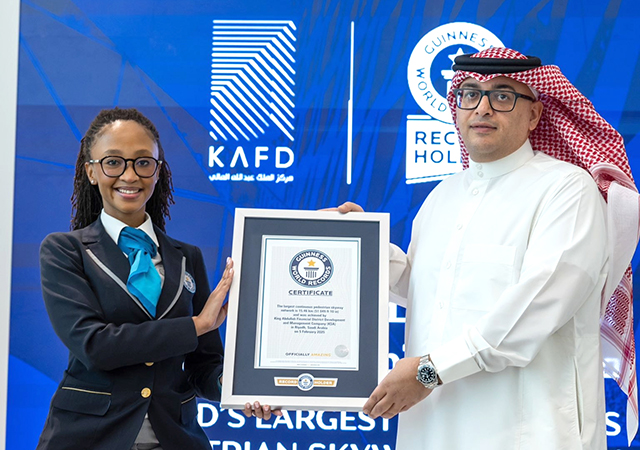
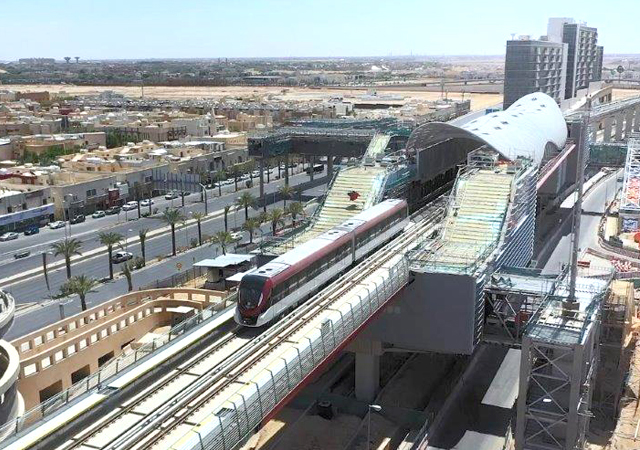
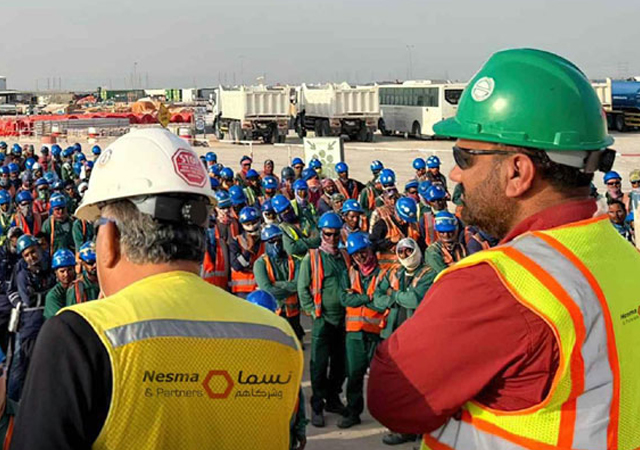
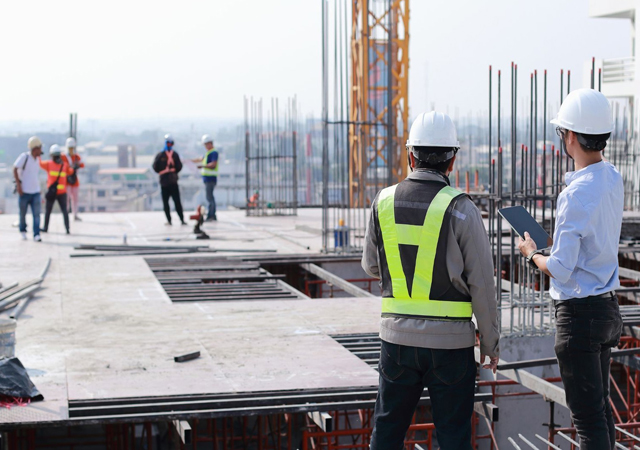
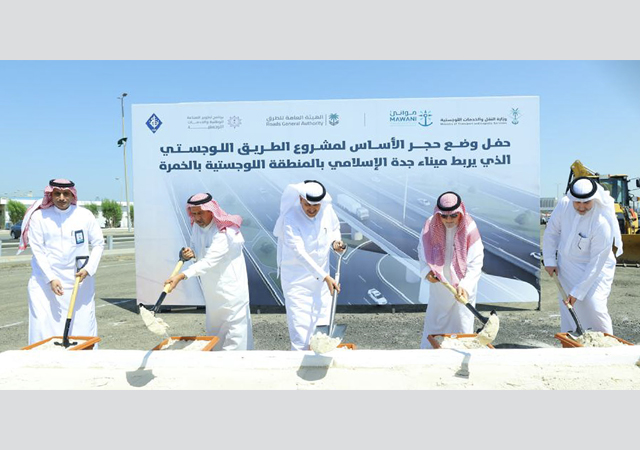
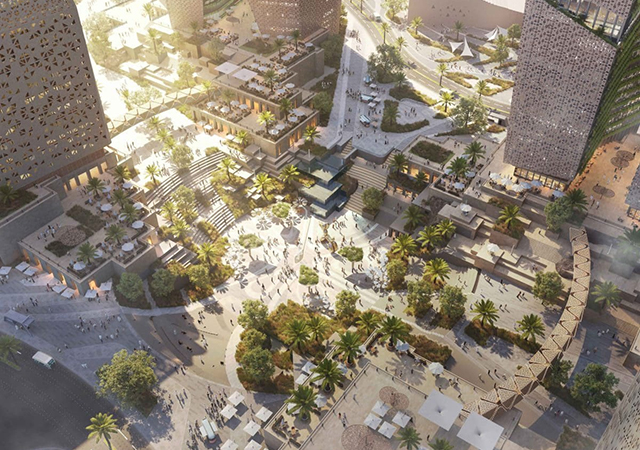
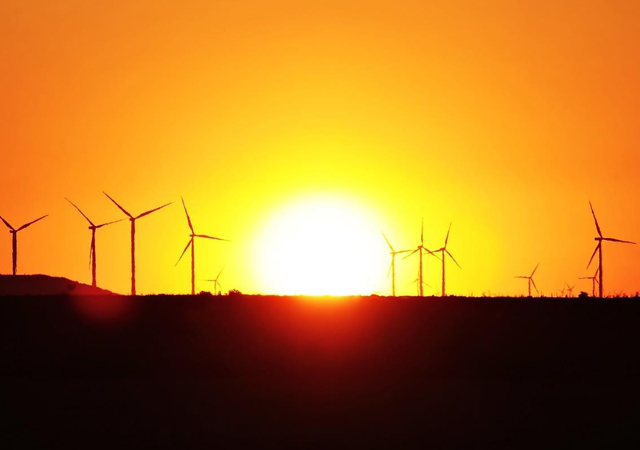
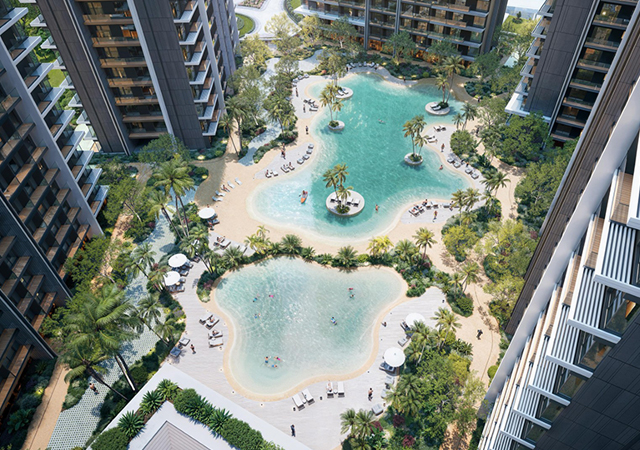
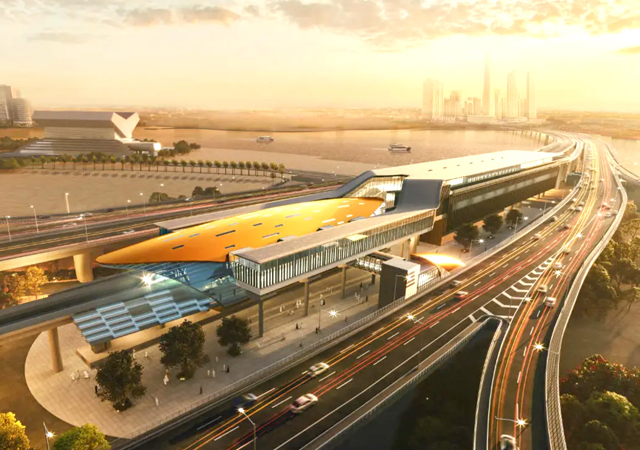
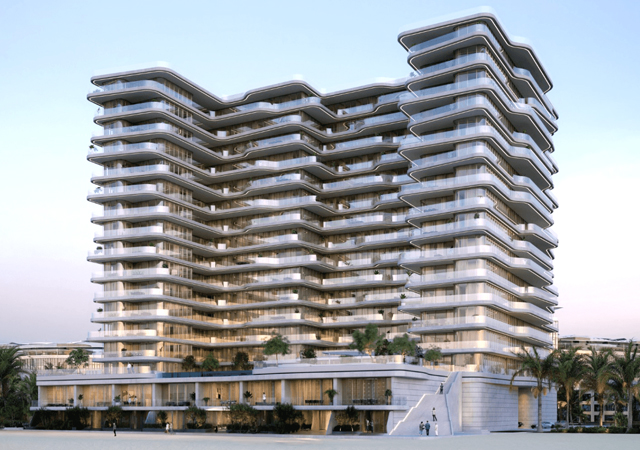
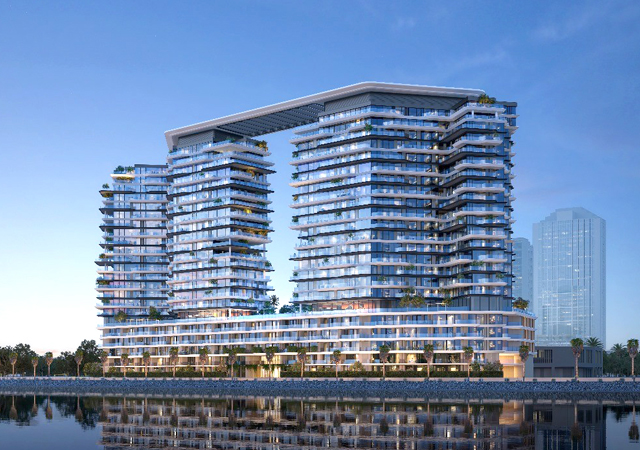
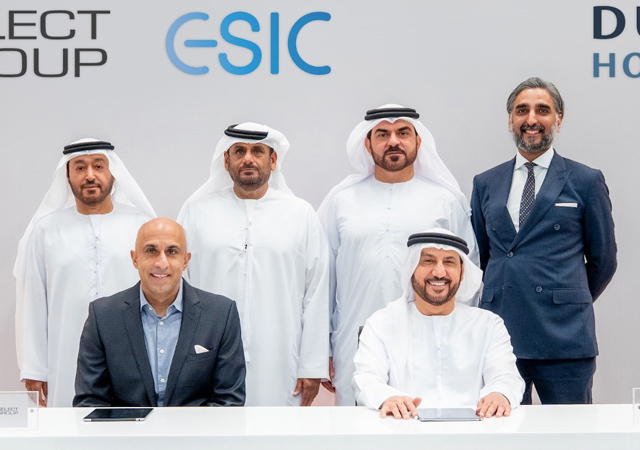
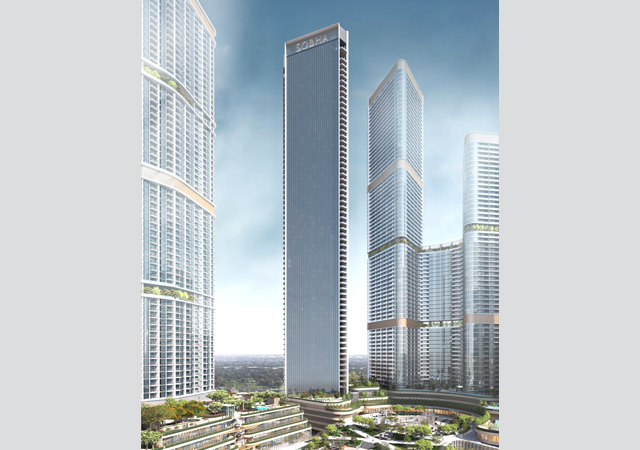
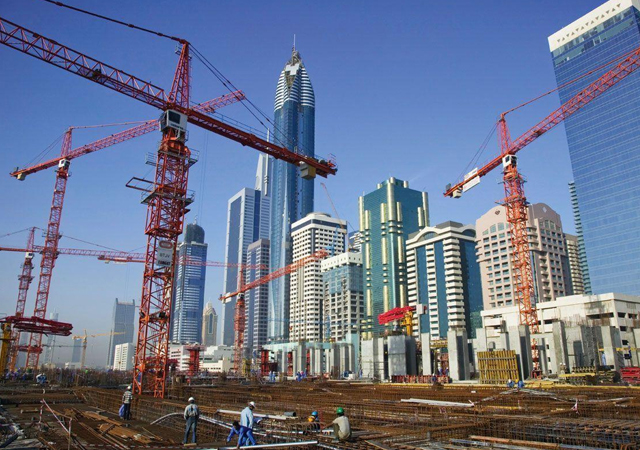
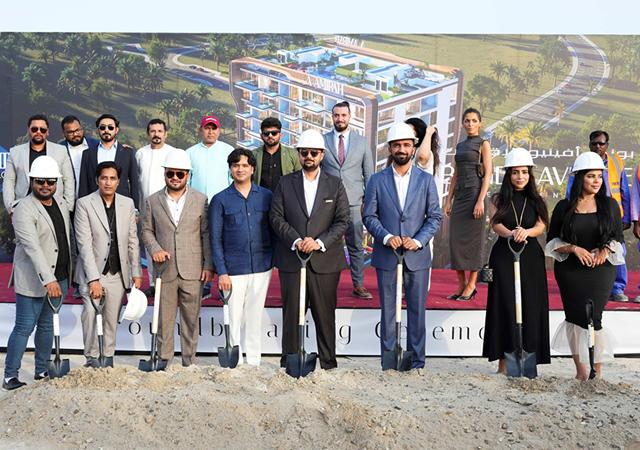
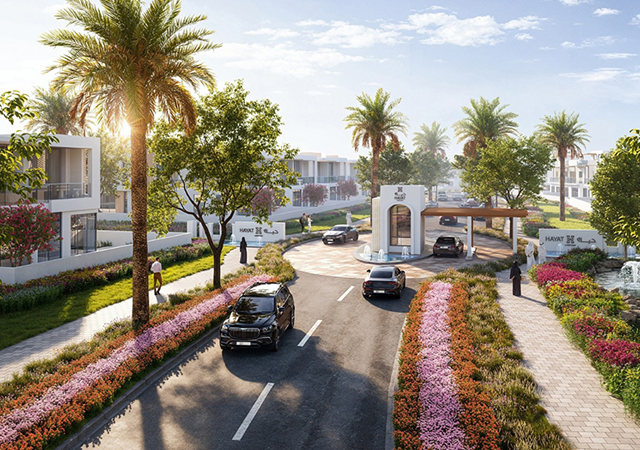
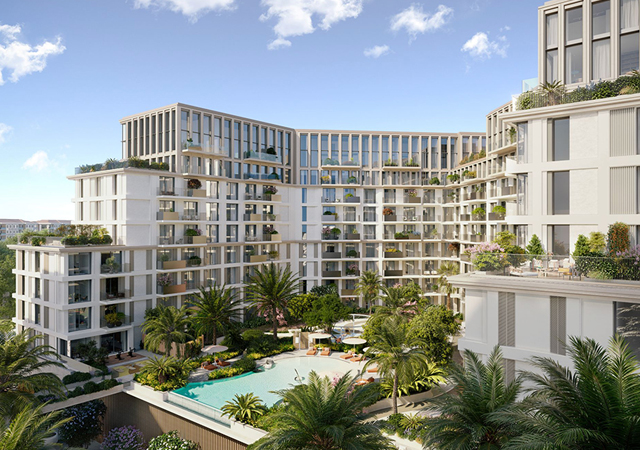
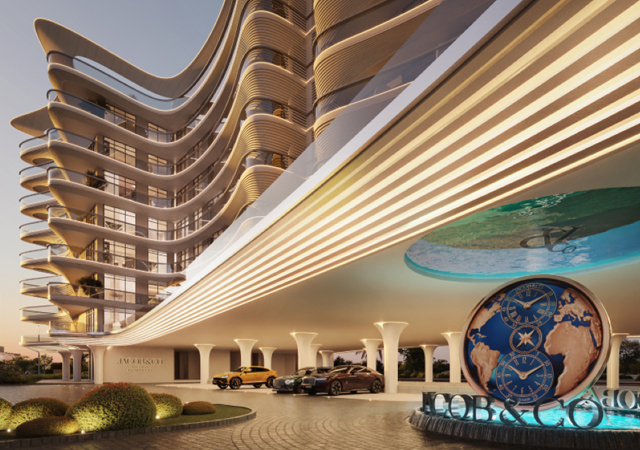
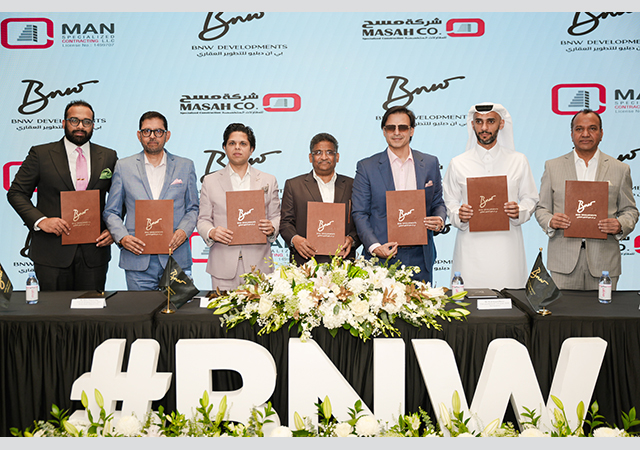
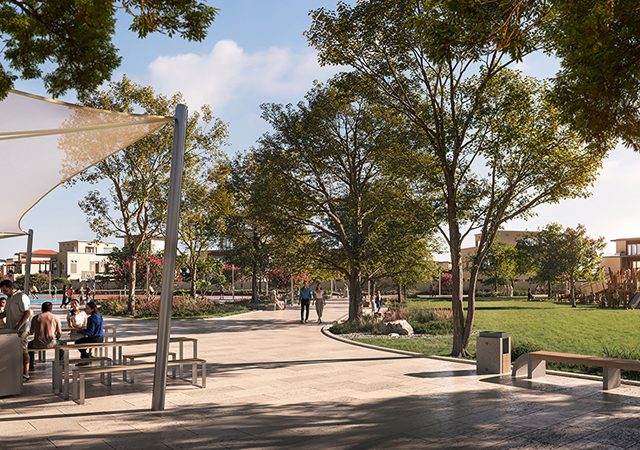
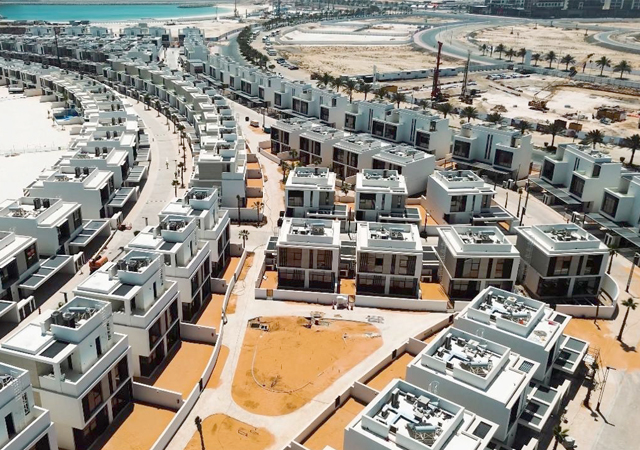
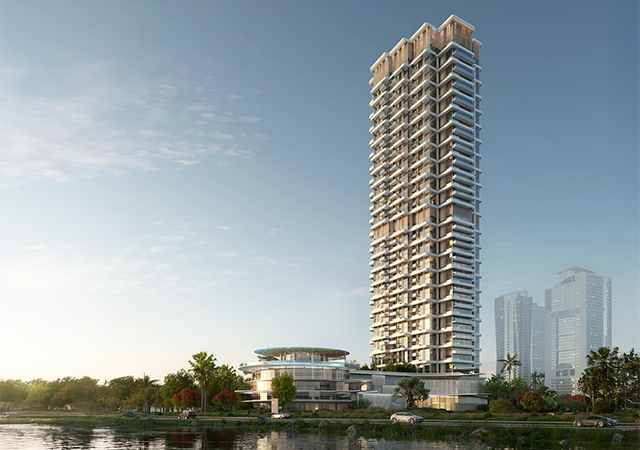
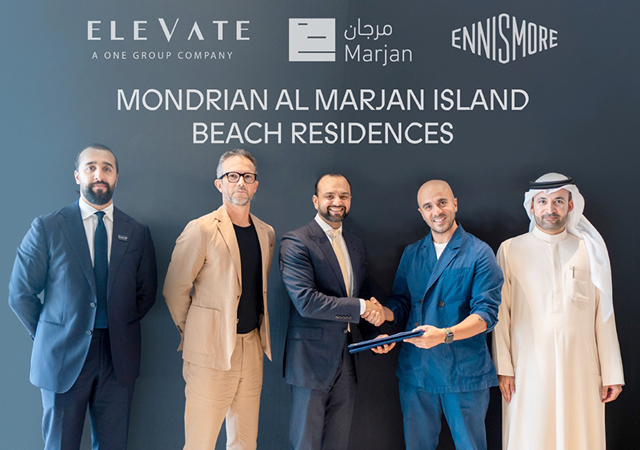
.jpg)
.jpg)
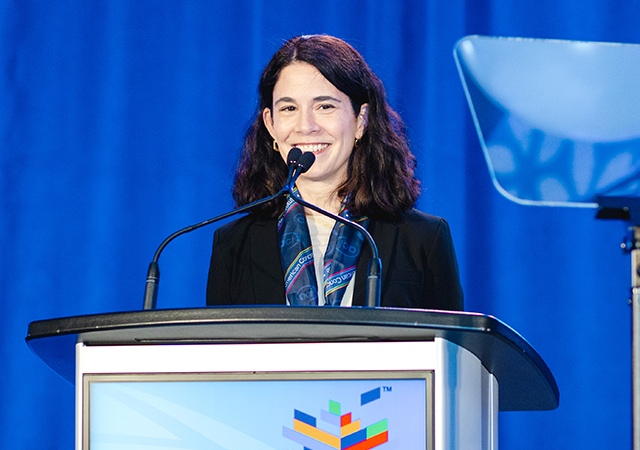
.jpg)
